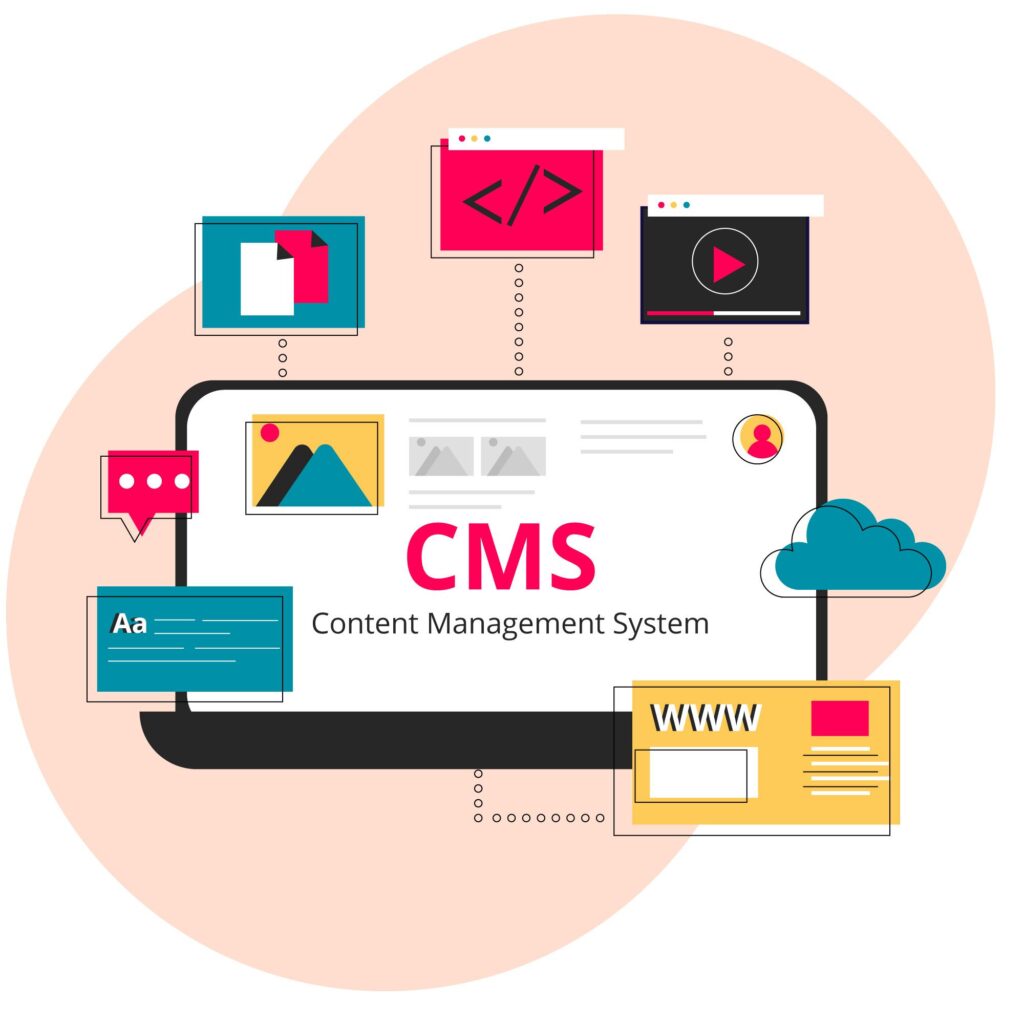WordPress dominates the web powering over 40% of all sites online. But for many use cases, lesser known content management systems actually outperform WordPress for specific needs.
In this guide, we compare 5 underrated CMS platforms proving quality alternatives to WordPress within areas like:
- Speed and simplicity
- Security
- Scalability
- Developer experience
- Specialized functionality
Read on for hands-on analysis revealing CMSs deserving much wider industry adoption challenging WordPress market share.

#1: Grav CMS for Performance & Simplicity
Grav excels delivering a streamlined CMS experience with responsively fast load times prized by developers yet remaining user-friendly.

Highlights
Speed
Grav’s lightweight core written in PHP/Twig outputs highly optimized pages avoiding unnecessary bloat. This enables sub-second response even under heavy traffic without requiring special cache configuration.
Simplicity
The admin dashboard widgets and editing feel very intuitive keeping inline with their less complexity motto. The flat file data model eliminates database overhead.
Flexibility
Fully open source under MIT license supports modifying anything while also extending abilities using plugins or custom coding. Grav works reliably across platforms.
Who It’s Best For
Developers wanting no-fuss infrastructure optimizing for performance while still supporting broader teams with friendly editing and organization. Startups desiring frictionless scalability at the lowest hosting costs.
#2: KeystoneJS for Developers Building APIs
The KeystoneJS hybrid headless CMS focuses on developer experience crafting sites and apps leveraging backend API capabilities.
Highlights
Node.js Based
Built fully on open source Node.js technologies like Express, Next.js, GraphQL, and Mongoose ODM gives complete understanding of the underlying platform.
API Driven
Keystone’s GraphQL APIs enable dynamically loading content into frontend frameworks like React offering greater UX flexibility over traditional templated server-side rendering.
Extensibility
The plugin architecture welcomes adapting every aspect from admin UI styling to custom fields for meeting project requirements inside a maintainable structure.
Who It’s Best For
Mid-large organizations desire a cloud-native CMS tightly coupled to React apps through GraphQL APIs while still maintaining content model flexibility across global multi-regional instances.
#3: Craft CMS for Customizability
Craft CMS provides an extremely customizable CMS platform satisfying nearly any project requirement while sparing common update headaches with their auto-scaling architecture.
Highlights
Flexible Fields
Build completely custom field types and input settings for capturing unique content structures beyond limiting pre-packed options. Extend to meet future needs.
Frontend Agnostic
Craft renders backend templates using Twig then serves HTML to any frontend thanks to headless versatility. Integrate with modern SPA frameworks.
Zero Downtime Updates
Pushing Craft upgrades dynamically spin up new containers first allowing rollback if required before shifting traffic minimizing outage risks.
Who It’s Best For
Agencies and developers creating specialized CMS implementations exactly aligned to spec needs across projects without wrestling with backwards compatibility hurdles thanks to adaptive architecture.
#4: Directus for Data Management
Directus delivers an innovative take consolidating traditional CMS content capabilities with structured custom database collections and tables for managing standardized data relationships.
Highlights
Unified Data Platform
Control all website information ranging from pages/blog data to media assets together with custom tables for plugin configurations, CRM contacts, and other structured records using shared customizable interfaces.
Developer Focused
Use Directus as trusted backend standardizing how teams build applications reliably interfacing data through GraphQL and REST APIs while still operating traditional CMS frontend.
Future Proof Insights
Insights discovery tools visually analyze usage across apps and collections helping guide UX decisions. Activity audit log improves accountability debugging issues.
Who It’s Best For
Directus liberates developers from fragmented CMS vs database solutions better empowering single views of information distributed securely across apps and teams.
#5: ApostropheCMS for Collaboration
ApostropheCMS drives cross-team productivity through structured in-context editing flow minimizing final rendering surprises commonly encountered applying frontend changes.
Highlights
In-Context Live Editing
Empower content managers previewing real-time edits within rendered pages before publishing rather than guessing standalone backend fields. Reduces review iteration.
Template-Based Interfaces
Construct information capture modular custom forms fast through reusable templates including surrounding contextual layout instead of complex hardcoded components reinvented repeatedly.
Workflow Enablement
Simplify multi-stakeholder scenarios enforcing assigned user roles, webhook-triggered actions, and revision history ultimately streamlining cross-functional collaboration at scale.
Who It’s Best For
Medium-large organizations struggling managing distributed teams controlling integrated websites using traditional CMS platforms that create content chaos through disjointed abstraction.
The platforms above challenge assumptions that WordPress universally serves every content management need. Purpose-built CMSs address specific priorities balancing developer and business requirements excelling for those particular use cases.
Evaluating targeted strengths around security, performance, API versatility, customizability, and collaboration workflows reveals underrated solutions fulfilling needs better than shoehorning one-size-fits-all tools.
Hopefully discovering these WordPress alternatives helps identify the best fit CMS for your next project!